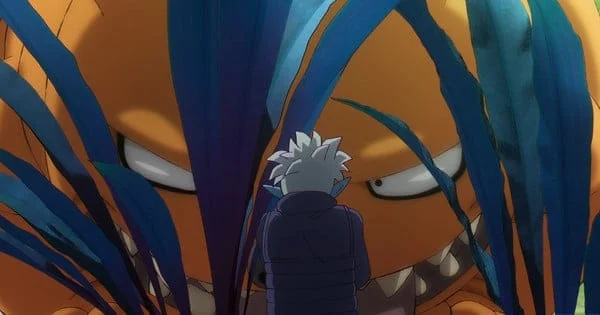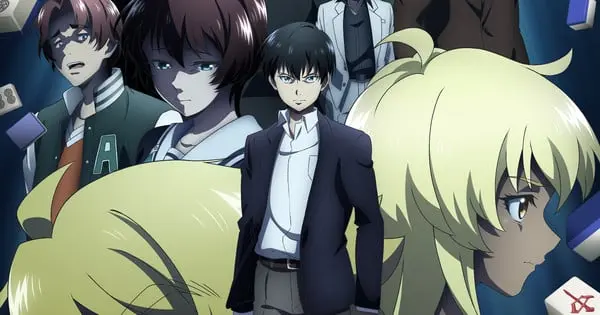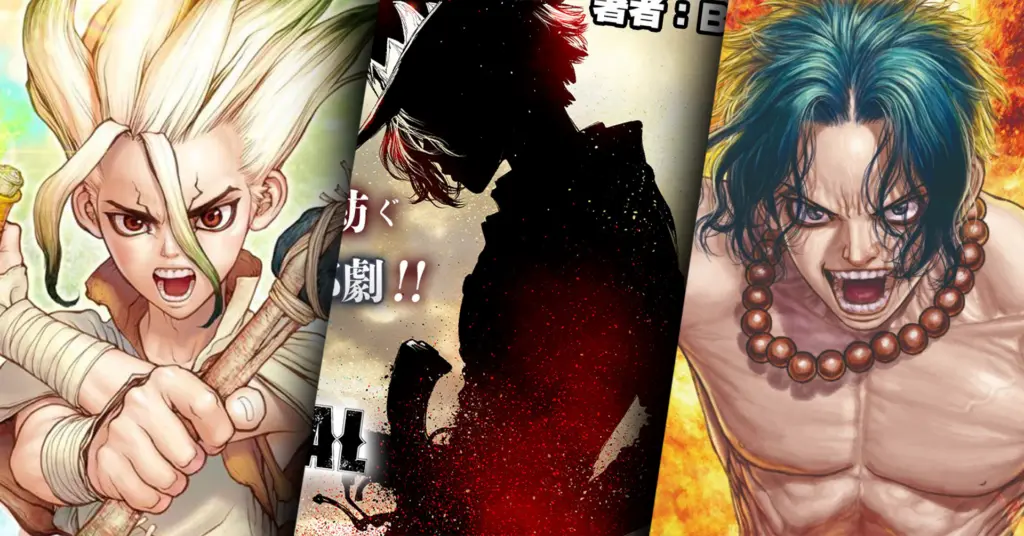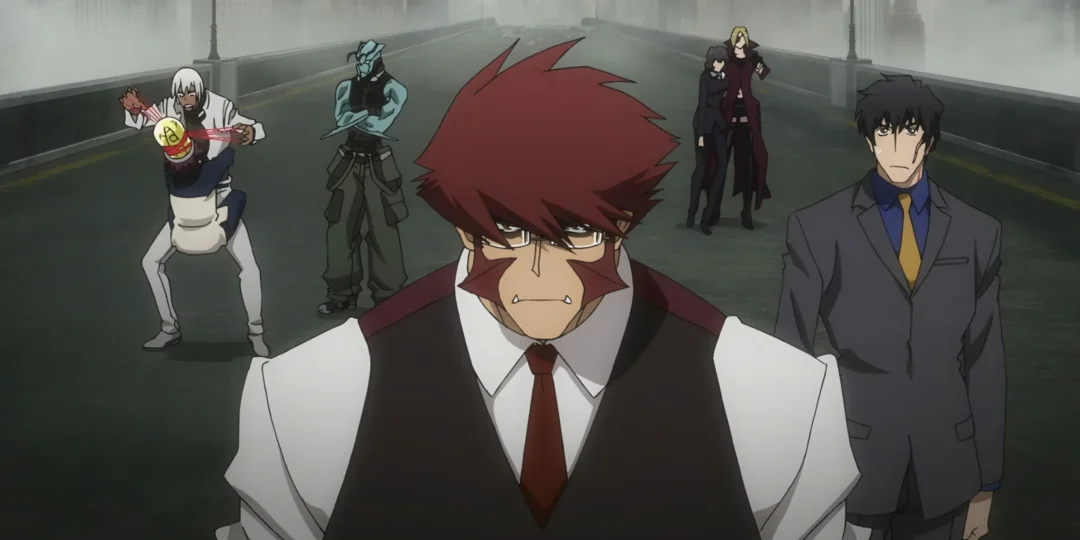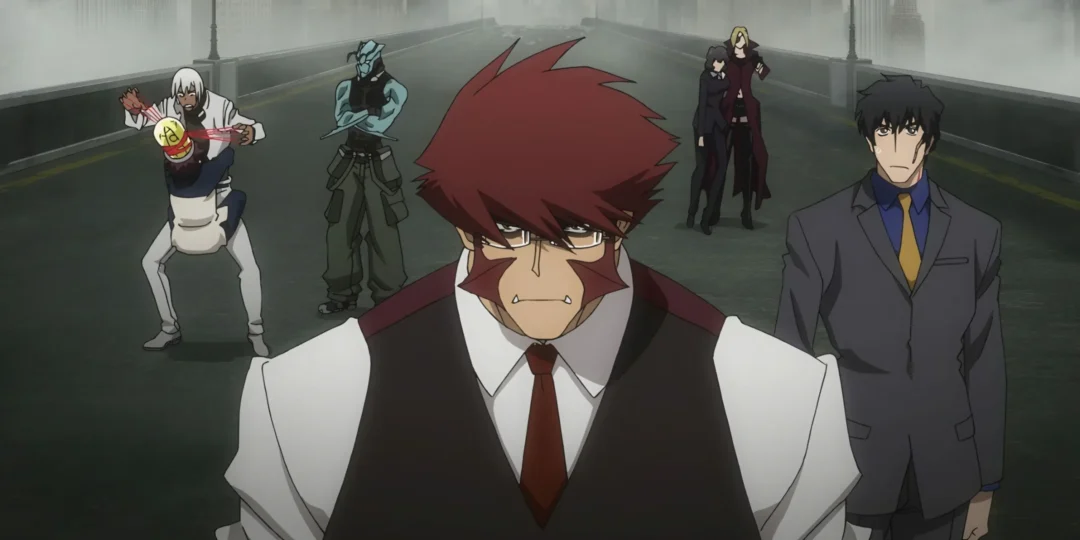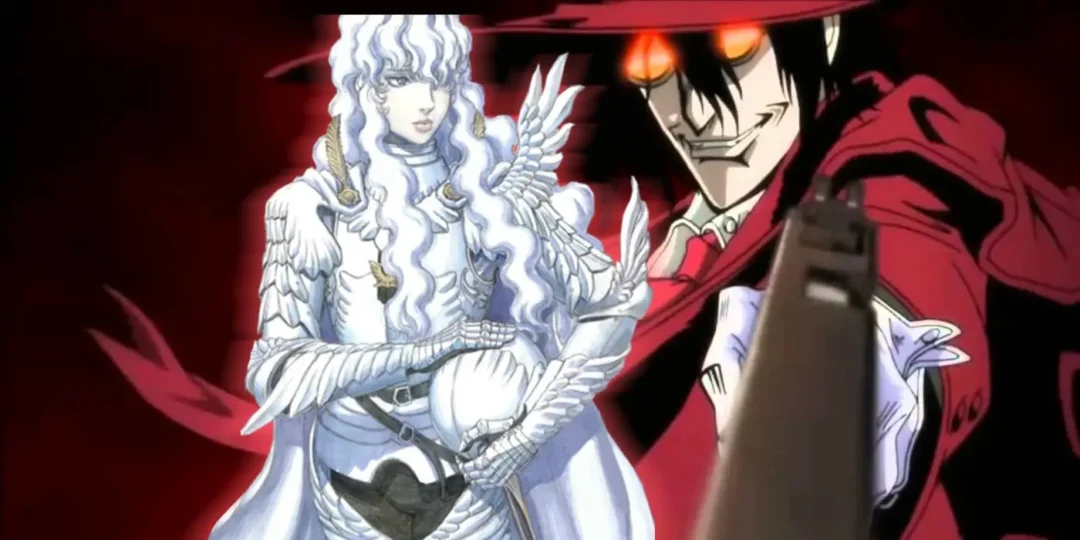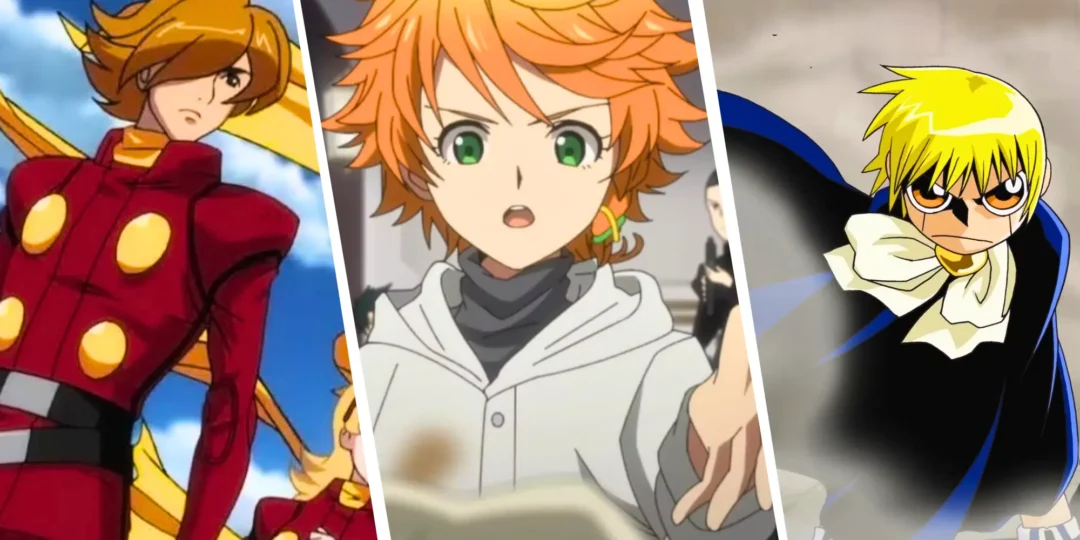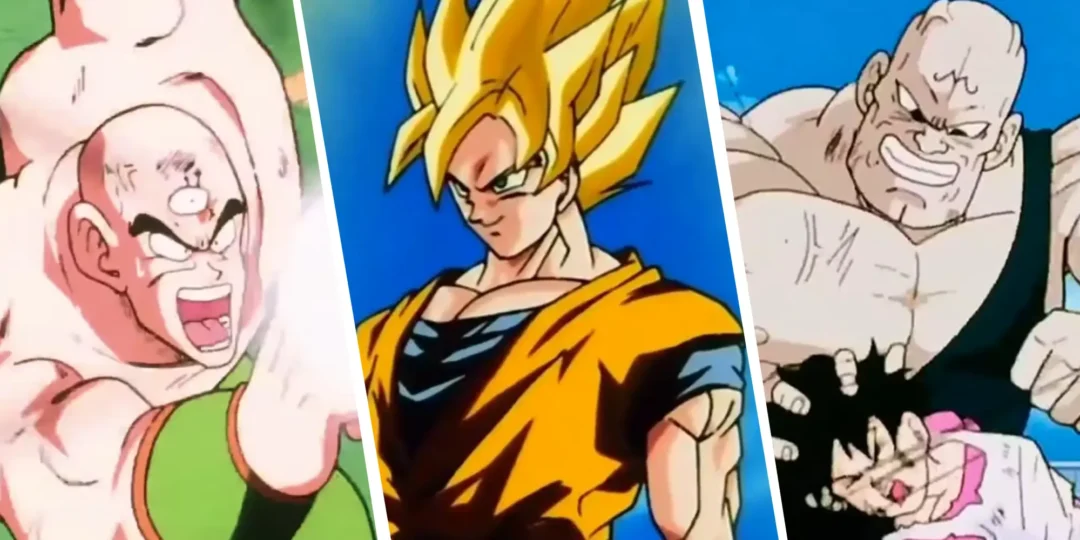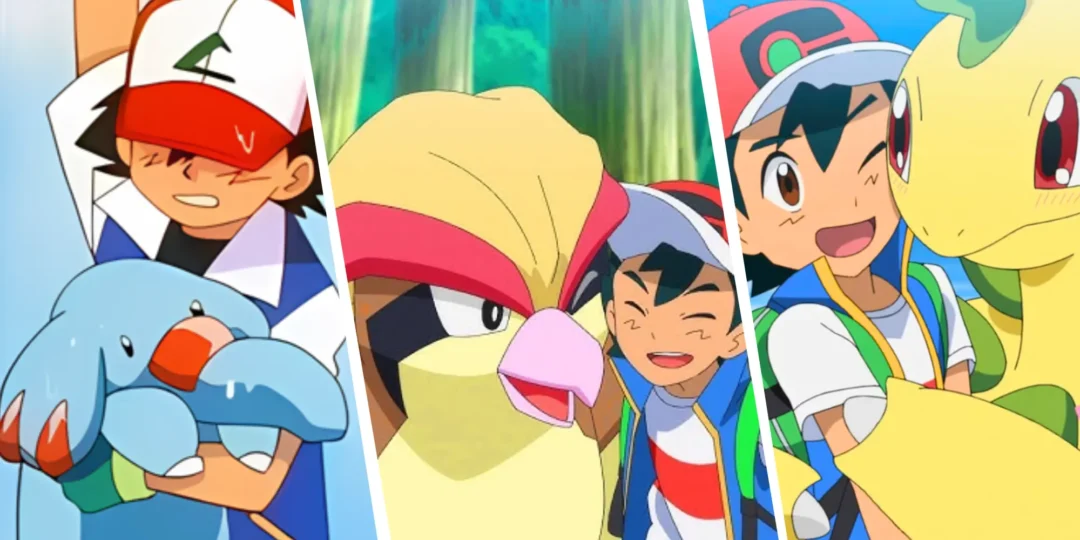The world of anime is a vibrant tapestry of unique art styles, complex narratives, and over-the-top action sequences that have captivated audiences worldwide. However, not all anime are created equal, and some are simply not suited for the transition to live-action. The history of live-action anime adaptations is riddled with failures, often due to the inability to capture the essence of the source material. While there have been a few exceptions, many attempts have fallen flat, leaving fans disappointed. This article explores ten anime series that should, for various compelling reasons, never be adapted into live-action.
The Perils of Adaptation
Before diving into specific titles, it’s crucial to understand why many anime struggle in live-action. One of the primary reasons is the unique visual storytelling of anime. Animation allows for exaggerated expressions, dynamic action, and surreal visuals that are challenging, if not impossible, to replicate with real actors and practical effects. Live-action productions face limitations in time, space, and biology, while animation is only bound by imagination and budget. Additionally, many anime feature fantastical elements and over-the-top characters that lose their charm when translated to the real world. The humor, often visual and exaggerated, can also fall flat when attempted in live-action. Furthermore, attempts to condense long anime series into movies often result in a loss of crucial plot details and emotional depth.
1. Mob Psycho 100
Mob Psycho 100, created by ONE, is renowned for its wildly expressive and exaggerated art style. Its fight scenes are fluid, dynamic, and often defy the laws of physics, with characters warping and stretching in impossible ways. The unique visuals are integral to the series’ comedic and action-packed nature. Replicating this in live-action would likely result in either a cheap-looking, underwhelming visual experience or an overly stylized production that misses the point. The raw and exaggerated nature of the animation is part of its appeal and would be incredibly difficult to translate faithfully.
2. Kill la Kill
Studio Trigger’s Kill la Kill is a masterclass in over-the-top action and visual absurdity. From its outlandish character designs to its transformation sequences, the series thrives on its sheer ridiculousness. The characters are incredibly expressive, and the action sequences are fast-paced and visually chaotic. The unique and often uncomfortable elements of the series, such as the skimpy outfits and outlandish concepts, would be challenging to bring to live-action without losing its unique visual identity and potentially making it overly cringe-worthy or losing its intended satirical tone. The show’s unique energy and style would be nearly impossible to replicate with real actors.
3. JoJo’s Bizarre Adventure
JoJo’s Bizarre Adventure is famous for its striking art style, inspired by pop art and comic books. The characters are muscular and chiseled, with dynamic poses and dramatic expressions. The series is known for its bizarre and creative fight sequences, featuring characters with unique abilities called “Stands.” The sheer over-the-top nature of its style, with its bold lines and vibrant colors, is not easily translated to live-action, making it almost impossible to capture the unique visual flair of JoJo in a live-action setting.
4. Ping Pong The Animation
Ping Pong The Animation stands out with its unconventional and minimalist art style. The series uses sparsely populated backgrounds and fluid line art to focus the viewer’s attention on the intense ping pong matches. The unique visual style captures the speed and intensity of the sport, creating an immersive experience for the audience. Attempting to replicate this in live-action would likely require a major shift in its visual identity, losing its unique charm and impact. The animation style is integral to the series’ storytelling, focusing on character movement and emotional depth rather than hyper-realistic detail.
5. Space Dandy
Space Dandy is a visually inventive and episodic series with a unique, almost improvisational style of animation. The show is known for its diverse animation styles, wacky characters, and surreal scenarios. Each episode explores different visual aesthetics and animation techniques, making it impossible to pin down a consistent style that could be translated to live-action. The show’s episodic nature and constantly changing visual presentation make it fundamentally unadaptable to a live-action format without losing its core appeal.
6. Neon Genesis Evangelion
Neon Genesis Evangelion is a complex psychological drama known for its intricate plot and deep exploration of human emotions. The series uses surreal imagery, abstract symbolism, and complex character relationships to convey its themes. The series features giant robots, but these are merely a backdrop to the complex character studies and psychological themes. The emotional depth and philosophical undertones of Evangelion are difficult to capture in live-action, as they heavily rely on visual metaphors and internal monologues that animation can render more effectively. The series is more than just mecha action; it’s a deep dive into human psychology that would likely be lost in a live-action adaptation.
7. A Silent Voice
A Silent Voice is a deeply emotional film that explores the effects of bullying, depression, and redemption. The film relies heavily on subtle visual cues and emotional expressions to convey its themes, and the story is centered around the internal struggles of the main characters. The subtle nuances of the characters’ emotions and their relationships would be difficult to capture in live-action without losing the heart of the story. The movie’s power comes from the subtle and emotive expressions of the characters, which could easily be lost in a live-action format.
8. Violet Evergarden
Violet Evergarden is a visually stunning anime known for its detailed animation and emotionally charged narratives. The story focuses on Violet’s journey of self-discovery as she learns to understand human emotions and convey them through letters. The series utilizes highly detailed animation and subtle expressions to portray complex emotions and character development. Replicating the show’s exquisite animation and the subtle nuances of its characters’ emotional journeys would be challenging in live-action, risking a loss of its visual and emotional impact.
9. Made in Abyss
Made in Abyss is a dark fantasy series known for its detailed world-building and disturbing imagery. The series is set in a vast and dangerous abyss, with unique creatures and environments that contribute to its unsettling atmosphere. The show’s complex world and the disturbing nature of its visuals would be difficult to replicate in live-action without either losing its unique atmosphere or becoming too graphic for a mainstream audience. The blend of beauty and horror that defines the series would likely lose its impact when translated to live-action.
10. Pop Team Epic
Pop Team Epic is a surreal and absurdist comedy anime known for its fast-paced, nonsensical humor and constantly changing animation styles. The series relies on breaking the fourth wall, visual gags, and meta-humor, which can be very hard to execute well in live action. The show’s non-linear and chaotic structure is integral to its comedic impact and would be incredibly difficult to replicate in a live-action format without feeling forced or losing its inherent charm. The unique, often bizarre style of comedy and animation is a fundamental part of its identity that wouldn’t translate well.
Why Some Anime Should Remain Animated
While the concept of bringing beloved anime to life through live-action adaptations is tempting, many series are simply not suited for such a transition. The unique storytelling methods, exaggerated visuals, and complex themes found in these anime often rely on the flexibility and creative freedom that animation provides. Attempting to translate these series to live-action risks losing the essence of what makes them special, resulting in disappointing adaptations that fail to live up to their source material. Some stories are best told through the art of animation and should remain untouched by the live-action lens.

